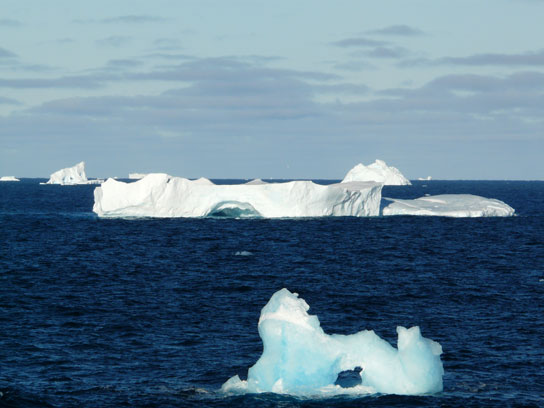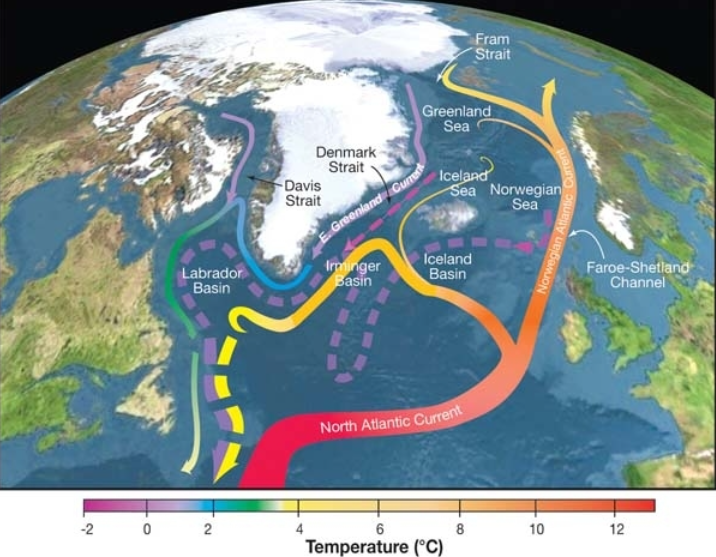

Sweden is burning as far north as the Arctic Circle, causing evacuations last week, it was Norway. In Ireland, a five-thousand-year-old henge came into view.

In England, the land is so dry that archaeologists are discovering new ruins (they hold underground moisture differently than undisturbed land, changing the way crops grow). Joshua Willis, a glaciologist from NASA’s Jet Propulsion Lab, put it in simple terms: “As things continue to warm up, more ice is gonna come off and float around.” Drought-stricken South Africa wants to tow one such berg to Cape Town, to prevent the country’s taps from running dry.ĭrought and torrid heat waves are scorching Europe, too. With climate change, what happened in Innaarsuit, Rignot said, is expected to occur more frequently. But nowadays they are in retreat-more ice is more rapidly breaking from the glacier’s face than snow is accumulating on its back. Those glaciers have long been notable for pushing a lot of icebergs out into the sea. Eric Rignot, a glaciologist from the University of California, Irvine, said that it probably originated from one of the nearby glaciers that flow down the fjords along Greenland’s west coast. In this case, the berg got stuck in the shallow waters of the bay. Ocean currents and wind push the icebergs along, sometimes five or more miles a day. For the crowd watching online, it was like “Jaws.” We hoped desperately that the great white thing would just continue on its way.īig icebergs are nothing new, but they usually remain far offshore. Karl Petersen, the village council chair, called on the press, asking the world for assistance if the berg were to calve. “This iceberg is the biggest we have seen,” a village council member named Susanne K. The most recent visitor is different, obviously. They tend to be the size of a beach ball, a dinghy, a shack. Boat captains (the only people who can get you off the island, apart from helicopter pilots) are constantly navigating an endless parade of baby icebergs, set loose from their mothers, drifting with the current past the village, often close enough to touch. People hunt narwhals (polar unicorns), whales, and seals. The temperature on Friday was thirty-nine degrees Fahrenheit-about as warm as it ever gets-and in the darkness of February and March, the average remains below zero. This year, it won’t set again until in early August.

For much of the summer, the sun is always up. Innaarsuit residents are a hardy bunch, living in the sort of climatic extremes that temperate zoners might call otherwordly. “It’s just incredibly violent.” People began to evacuate. “You don’t want to be anywhere near the water when it’s happening,” a glaciologist who does research in Greenland said. If a big enough part of it sloughed off, in a process known as “calving,” it would cause a tsunami, immediately destroying the little settlement on whose shore it rested. Standing three hundred feet tall (the height of the Statue of Liberty) and weighing an estimated ten million metric tons (equal to thirty Empire State buildings), it’s riven with cracks and holes. The iceberg posed a mortal threat to the village population of about a hundred and seventy people.

It arrived like a gargantuan beast that you hope won’t notice you, at the fishing village of Innaarsuit, Greenland, about five hundred miles north of the Arctic Circle. For a week, an iceberg as colossal as it is fragile held everyone in suspense.


 0 kommentar(er)
0 kommentar(er)
